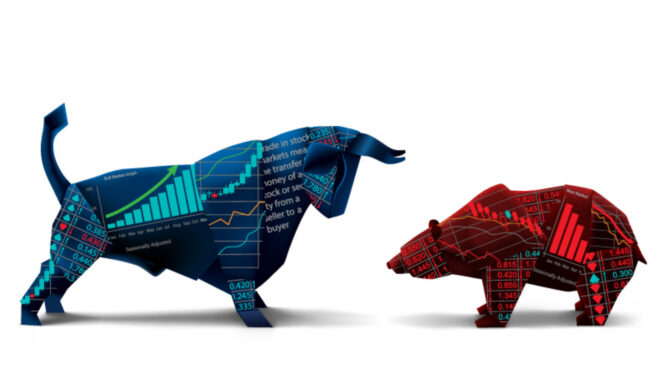THE Malaysian economy contracted 0.5% in 1Q 2021 (4Q 2020: -3.4%) with growth buoyed mainly by the improvement in domestic demand and robust exports performance, particularly electrical and electronic (E&E) products.
Although growth was also supported by the continued policy measures, the imposition of the second movement control order (MCO 2.0) and the continued closure of international borders and restrictions on inter-state travel weighed on economic activity, according to Bank Negara Malaysia (BNM).
“Nevertheless, as restrictions were eased in February and March, economic activity gradually picked up,” BNM Governor Datuk Nor Shamsiah pointed out in a media statement on Malaysia’s economic and financial developments for 1Q 2021.
“The better overall performance reflects the improvement in domestic demand and the strength in our exports.”
During the quarter, the ringgit depreciated by 3.5% against the US dollar due mainly to the strengthening of the greenback which also resulted in a broad-based weakening of other advanced and emerging market currencies.
As uncertainties remain on the momentum of the global and domestic economic recovery, the ringgit is expected to remain exposed to periods of heightened volatility moving forward.
Nevertheless, the Malaysian economy remains on track for a recovery in 2021, supported by better external and domestic demand.
“Despite the recent re-imposition of containment measures, the impact on growth is expected to be less severe than what was experienced in 2020 as almost all economic sectors are allowed to operate,” justified the central bank.
‘Overall, the growth recovery will benefit from better global demand, increased public and private sector expenditure as well as continued policy support.”
This will also be reflected in the recovery in labour market conditions, especially in the gradual improvement in hiring activity.
Higher production from existing and new manufacturing facilities, particularly in the E&E and primary-related sub-sectors as well as oil and gas facilities will provide a further impetus to growth.
The roll-out of the domestic COVID-19 vaccine programme will also lift sentiments and contribute towards recovery in economic activity. Nevertheless, the pace of recovery will be uneven across economic sectors.
In 2021, headline inflation is expected to average higher between 2.5% and 4.0%, primarily due to the cost-push factor of higher global oil prices.
In terms of trajectory, headline inflation is projected to temporarily spike in 2Q 2021, driven by the lower base from the low domestic retail fuel prices in the corresponding quarter of 2020.
“Headline inflation in April and May may rise to between 6.5% and 7.0%,” projected BNM. “However, this will be transitory as headline inflation is expected to return to below 5% in June, and continue to moderate thereafter as the base effect dissipates.”
Underlying inflation, as measured by core inflation, is expected to remain subdued, averaging between 0.5% and 1.5% for the year, amid continued spare capacity in the economy.
“The outlook, however, is subject to global oil and commodity price developments,” added the central bank. – May 11, 2021










